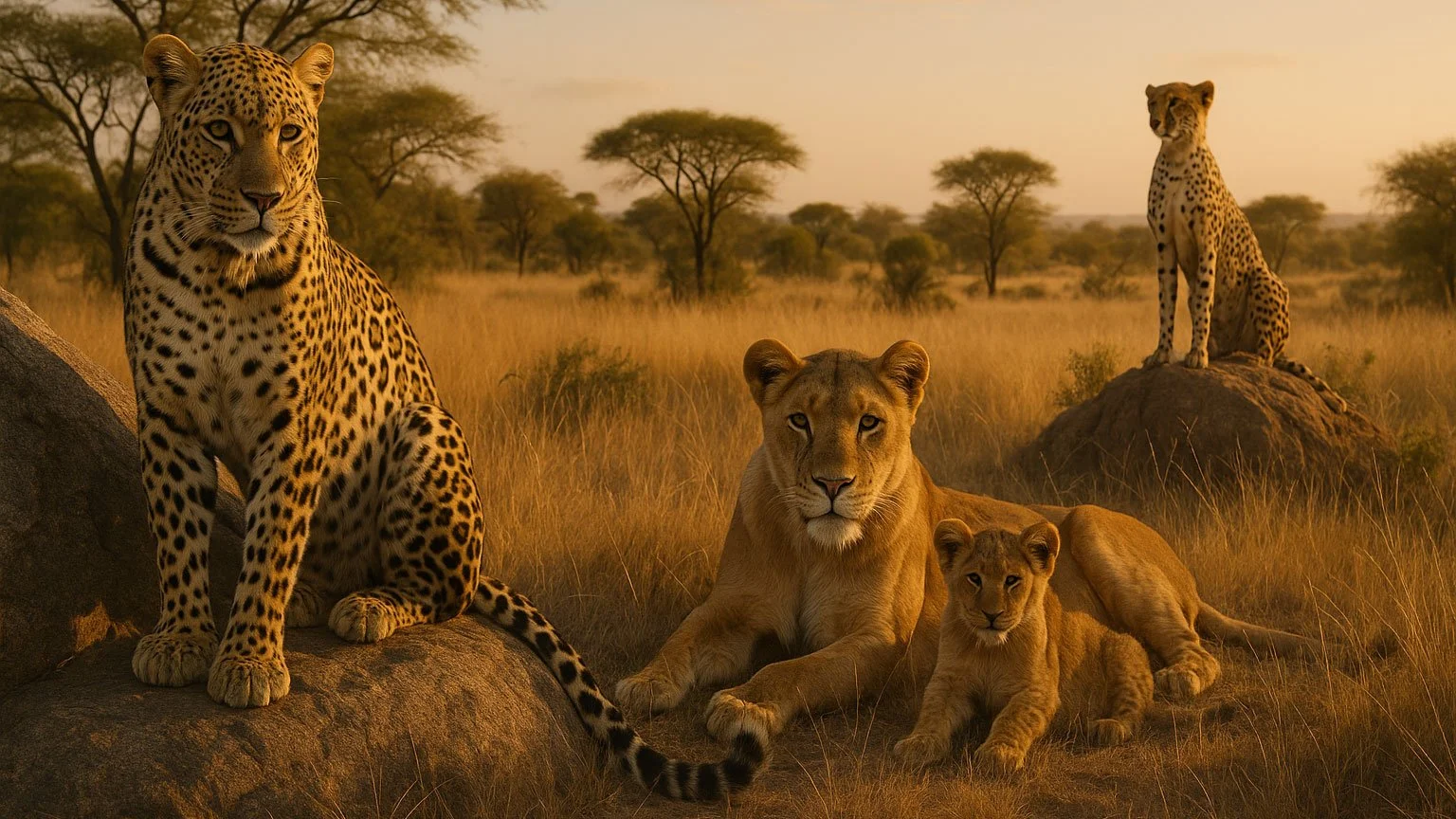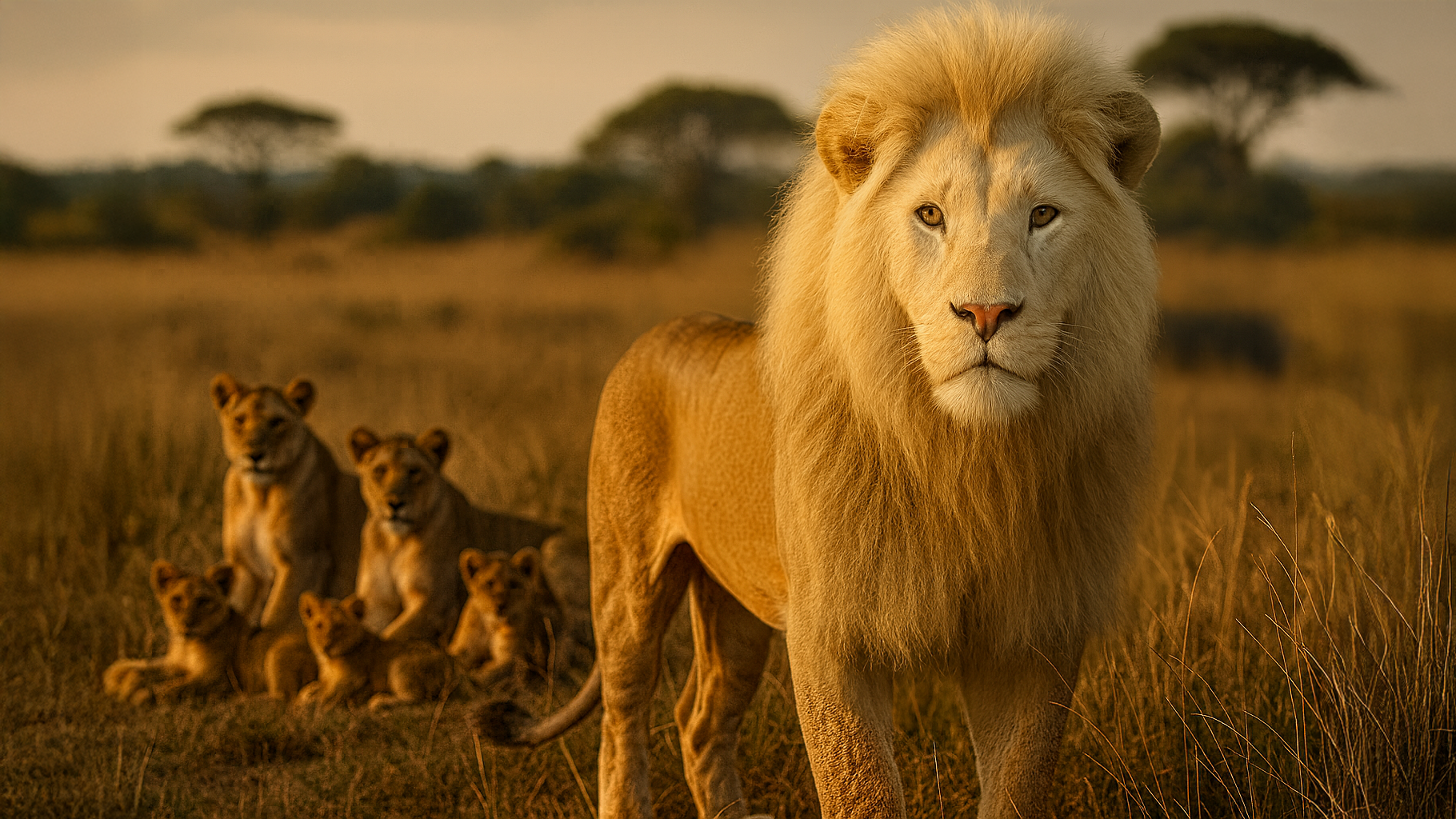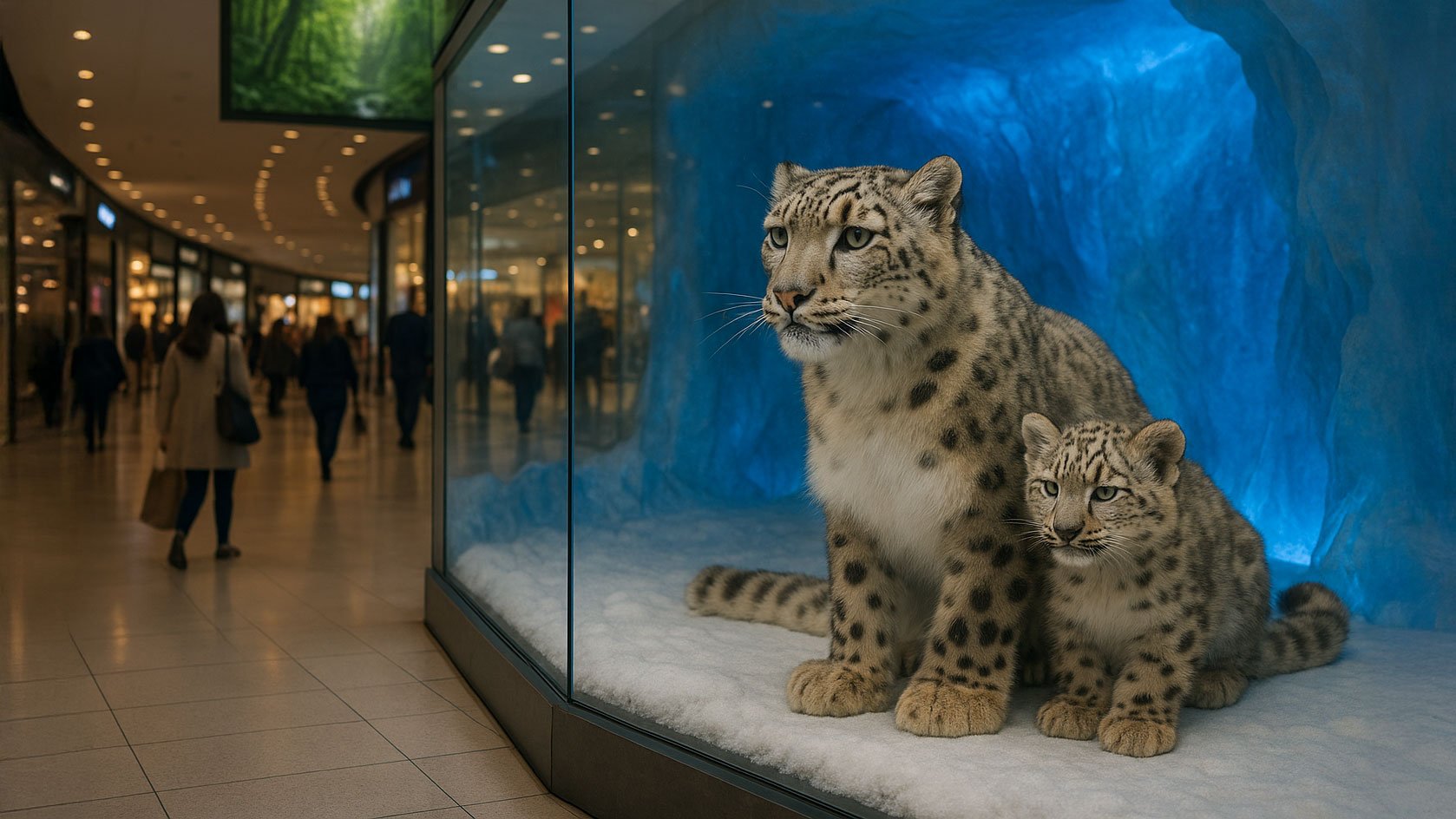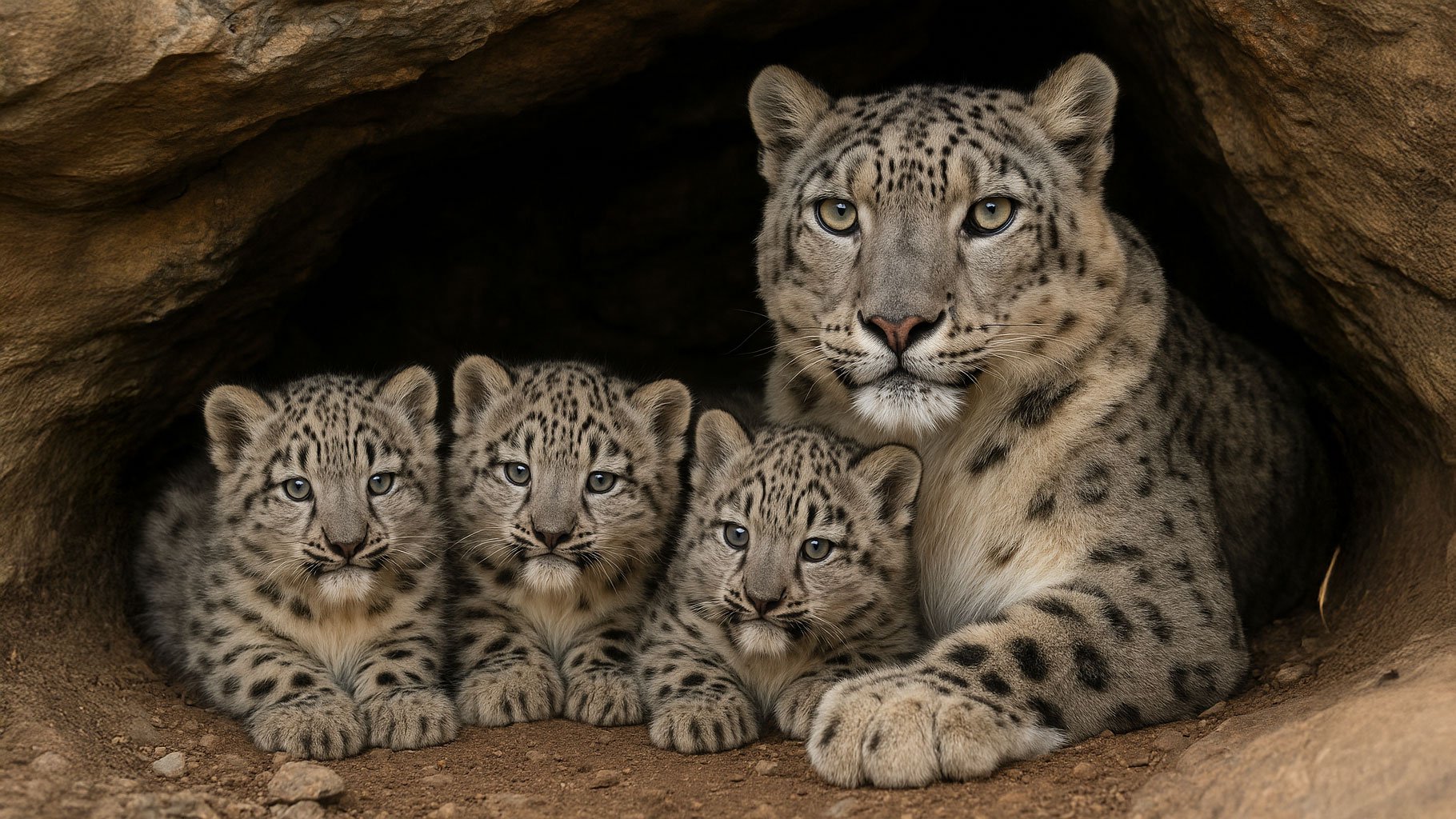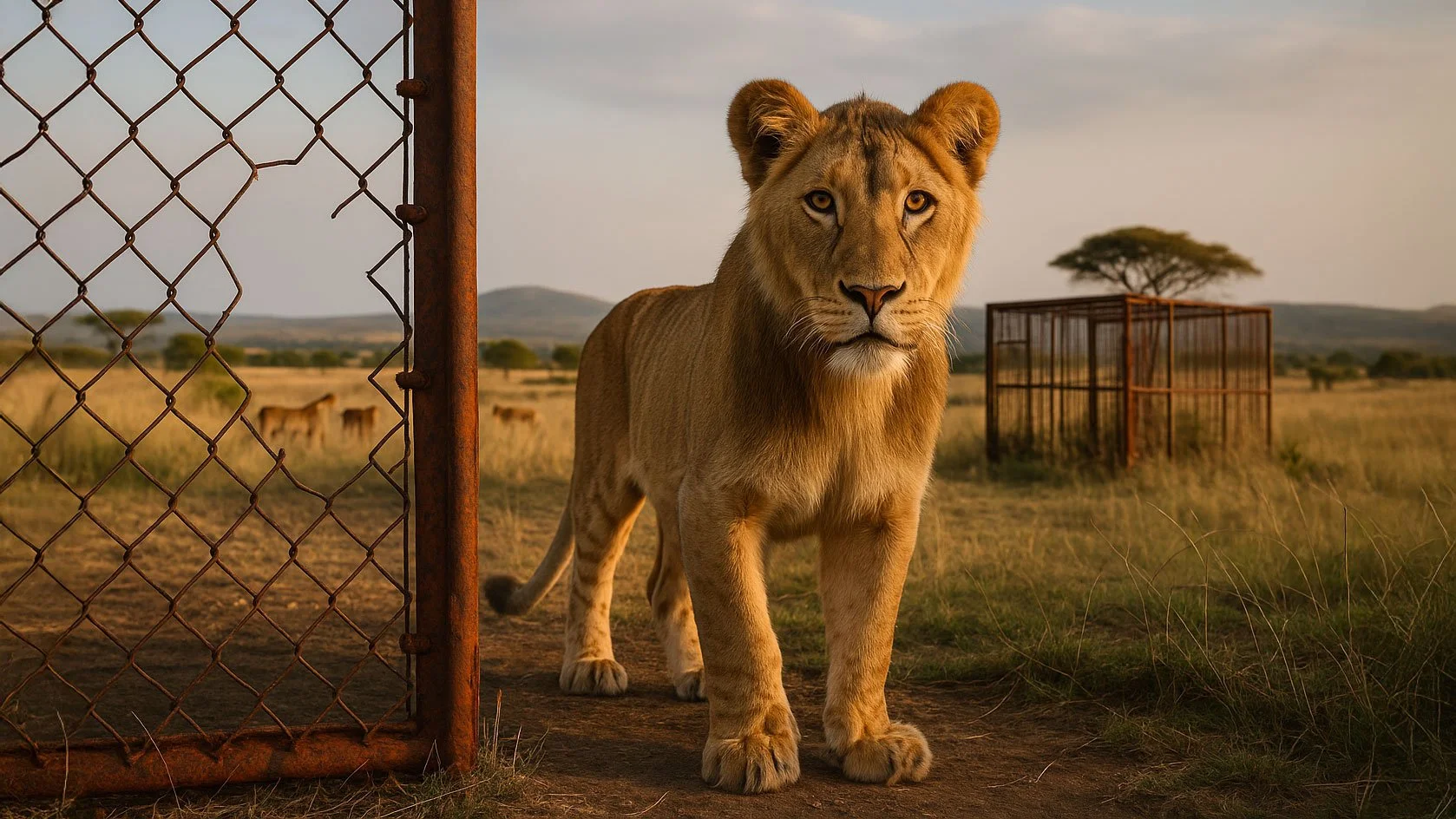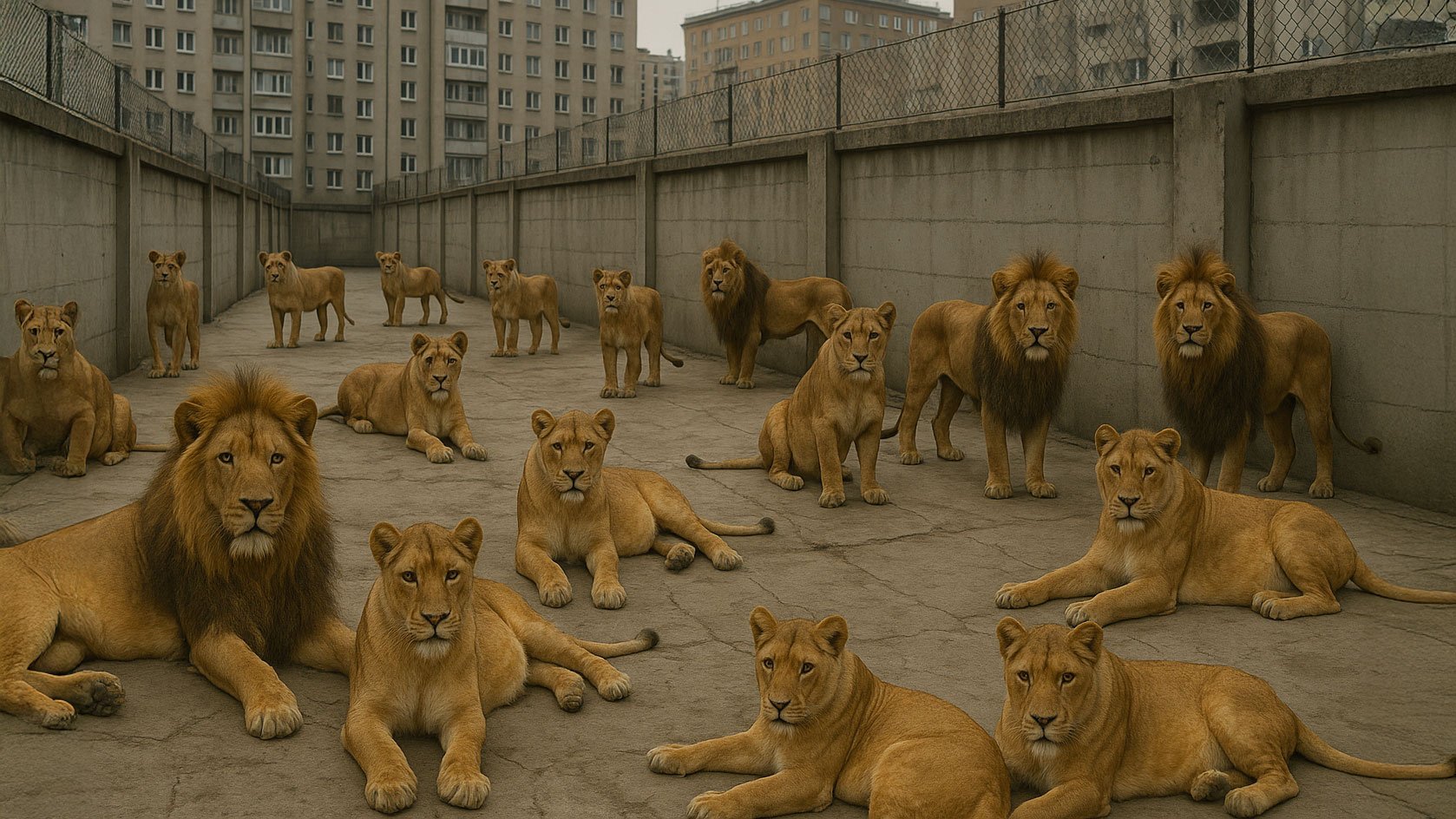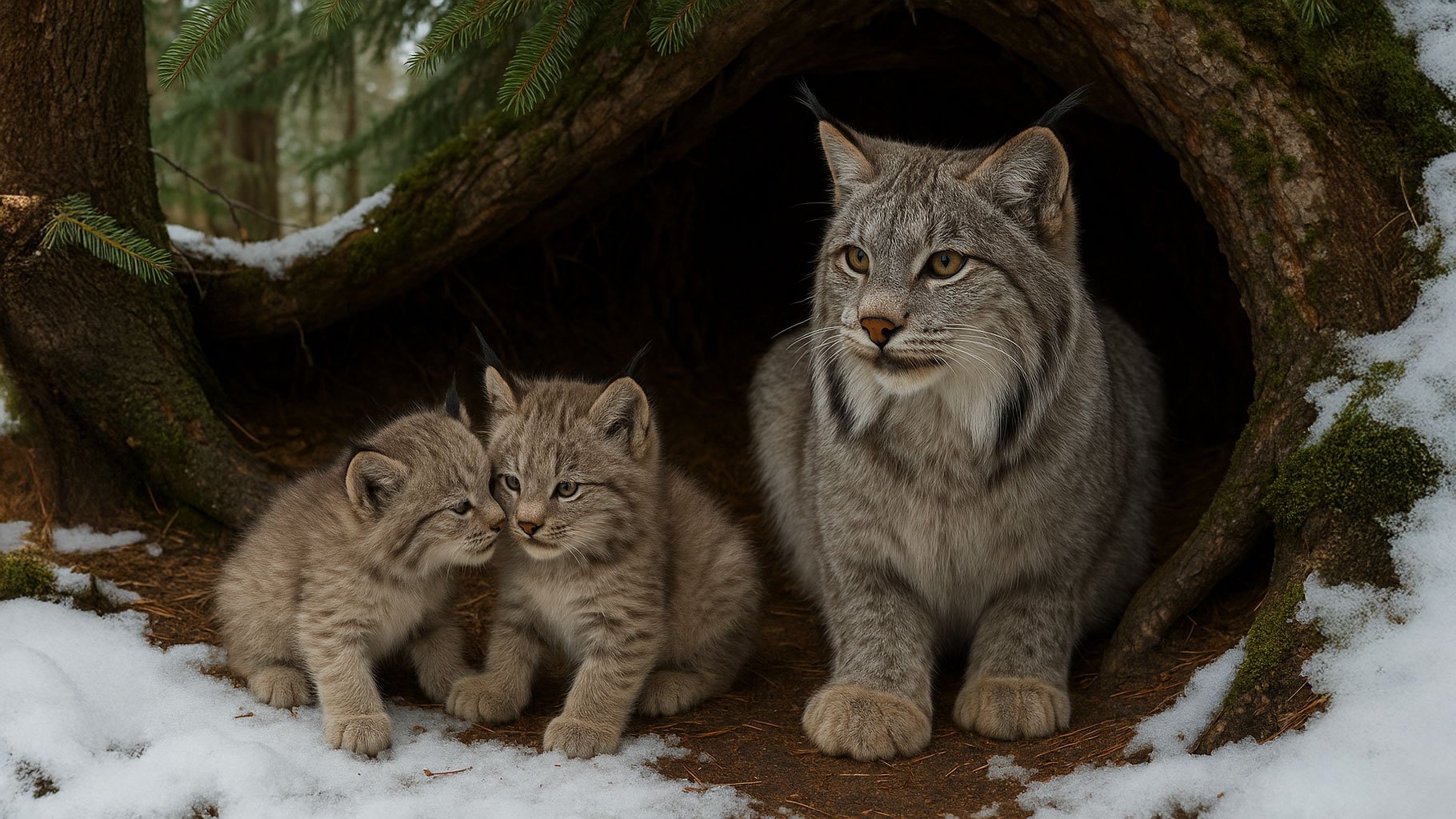Lions Behind Bars: Why South Africa Must End the Captive Lion Industry Now
The sun rises over the African savannah, painting the horizon gold. A lion should be free here—padding through tall grass, mane shimmering in the morning light, surveying a kingdom that stretches as far as the eye can see.
But for nearly 8,000 lions in South Africa, the morning begins behind chain-link fences. They live not in freedom, but in cramped enclosures, bred and bred again for one purpose—profit.
Some are born to be props for tourists. Tiny cubs are passed from hand to hand in petting pens, their mothers pacing helplessly out of sight. Others are led on “walk with lions” experiences, where their wild dignity is traded for selfies. Many are destined for a darker fate still—sold for bones, body parts, or canned hunts where the ending is certain before the chase begins.
This is not conservation. This is commerce dressed in the skin of a king.
The Promise and the Delay
In 2021, South Africa promised the world that this cruelty would end. A phase-out of the captive lion breeding industry was announced. For a moment, there was hope. But hope has a short shelf life when no real change follows.
Today, those lions are still behind bars. Their lives still revolve around the next transaction. Implementation has been painfully slow, and every day of delay is another day of suffering.
Four Paws, a global animal welfare organisation, has sounded the alarm once more ahead of World Lion Day. They have welcomed Environment Minister Dion George’s renewed commitment to ending this industry—but they are clear: words without action are just another cage.
A Call to Action
To truly end this crisis, South Africa must act decisively. Big Cat Rescue calls for:
An end to commercial breeding and trade of big cats and their parts, with all captive facilities phased out by 2030.
A ban on private keeping of big cats, including their use in circuses.
Stronger regulations through a centralised database to track every captive lion.
Closing loopholes that allow illegal trade to flourish.
Leading globally in implementing CITES decisions for big cat protection.
The world is watching. South Africa has long been a beacon of wildlife tourism and conservation leadership. But allowing this industry to continue while claiming to protect lions sends a dangerous message: that exploitation can wear a conservation mask.
Why It Matters
Lions are more than a national symbol; they are living threads in Africa’s ecological fabric. Every lion removed from the wild and placed into the breeding machine weakens that fabric. Every cub that grows up knowing only bars and handouts is a piece of Africa’s soul sold off for profit.
If the phase-out plan is finally implemented—and implemented well—it could be a turning point for how the world treats wildlife. It could be proof that profit need not come at the expense of dignity, and that the king of beasts deserves a throne under the sky, not behind a fence.
Hope Beyond the Bars
Ending the captive lion industry is not about shutting doors; it’s about opening gates. Those lions that can never return to the wild could live out their days in true sanctuaries—places that exist for their welfare, not for tourists’ wallets. And future lions? They could be born into the wind and the grass, not into wire and concrete.
This World Lion Day, let’s choose to be the generation that restored the roar to Africa’s wild places. Let’s not wait another year, another cub season, another lifetime.
Because lions were not born to be bought. They were born to be free.





